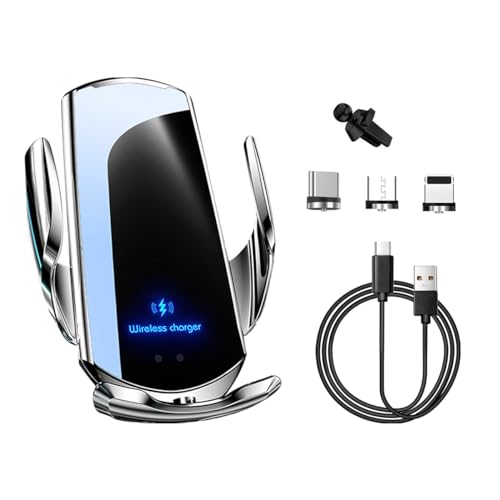I recently discovered the Blue Drops of Death on my LDU's speed sensor, so I removed it, cleaned it, replaced the rotor bearings "just because", reassembled it, and modified the coolant manifold to bypass liquid rotor cooling.
Along the way I had to fabricate three different fixtures to remove the rotor without beating or prying things. Two of these would apply to anybody disassembling any LDU; the third would possibly be most applicable to those who, like me, didn't have a need to disassemble (split) the gearcase) and want to remove the rotor without pressing it out from the gearcase side of the assembly.
The coolant manifold comes off without fuss:


But, how do you remove the Reluctor Wheel? It's pressed on to a 34.5mm shaft (how I know that . . . later will be revealed). You can't use a jaw puller.
I bought a pair of GR8 1/4-20 bolts (~ 12.9, 6mm), ground the heads to fit through the reluctor wheel's slots, and then used a standard puller setup:




OK, that was simple enough, but then the real enemy rears its head: RTV!
How does one remove the rotor end cap?
(shown here with reluctor wheel still installed)

It's ~12" dia. and slathered in high-adhesion RTV . . . and it doesn't even need to seal anything but rainwater and dust
It seems that others have either beat on it . . .

. . . pryed on it . . .


. . . pressed it out with the rotor (from the gearcase side) . . .
(cont'd in next msg)
Along the way I had to fabricate three different fixtures to remove the rotor without beating or prying things. Two of these would apply to anybody disassembling any LDU; the third would possibly be most applicable to those who, like me, didn't have a need to disassemble (split) the gearcase) and want to remove the rotor without pressing it out from the gearcase side of the assembly.
The coolant manifold comes off without fuss:
- Remove the coolant feed hose fitting (put a bucket under to catch the fluid). Don't remove the hose from the fitting;
- Remove the flyover tube bracket (up on top, about 4" from the rotor end cap);
- Unbolt the tube's flange and push up the flyover tube; it's sealed with an o-ring;
- Remove the speed sensor
- Remove six 10mm-head bolts, and use a very light pry on the open area between the bottom and middle of the coolant manifold, and the RTV releases, and you've got blue coolant on your shoes -- if you didn't put a bucket down.


But, how do you remove the Reluctor Wheel? It's pressed on to a 34.5mm shaft (how I know that . . . later will be revealed). You can't use a jaw puller.
I bought a pair of GR8 1/4-20 bolts (~ 12.9, 6mm), ground the heads to fit through the reluctor wheel's slots, and then used a standard puller setup:




OK, that was simple enough, but then the real enemy rears its head: RTV!
How does one remove the rotor end cap?
(shown here with reluctor wheel still installed)

It's ~12" dia. and slathered in high-adhesion RTV . . . and it doesn't even need to seal anything but rainwater and dust
It seems that others have either beat on it . . .

. . . pryed on it . . .


. . . pressed it out with the rotor (from the gearcase side) . . .
(cont'd in next msg)
Last edited:













































